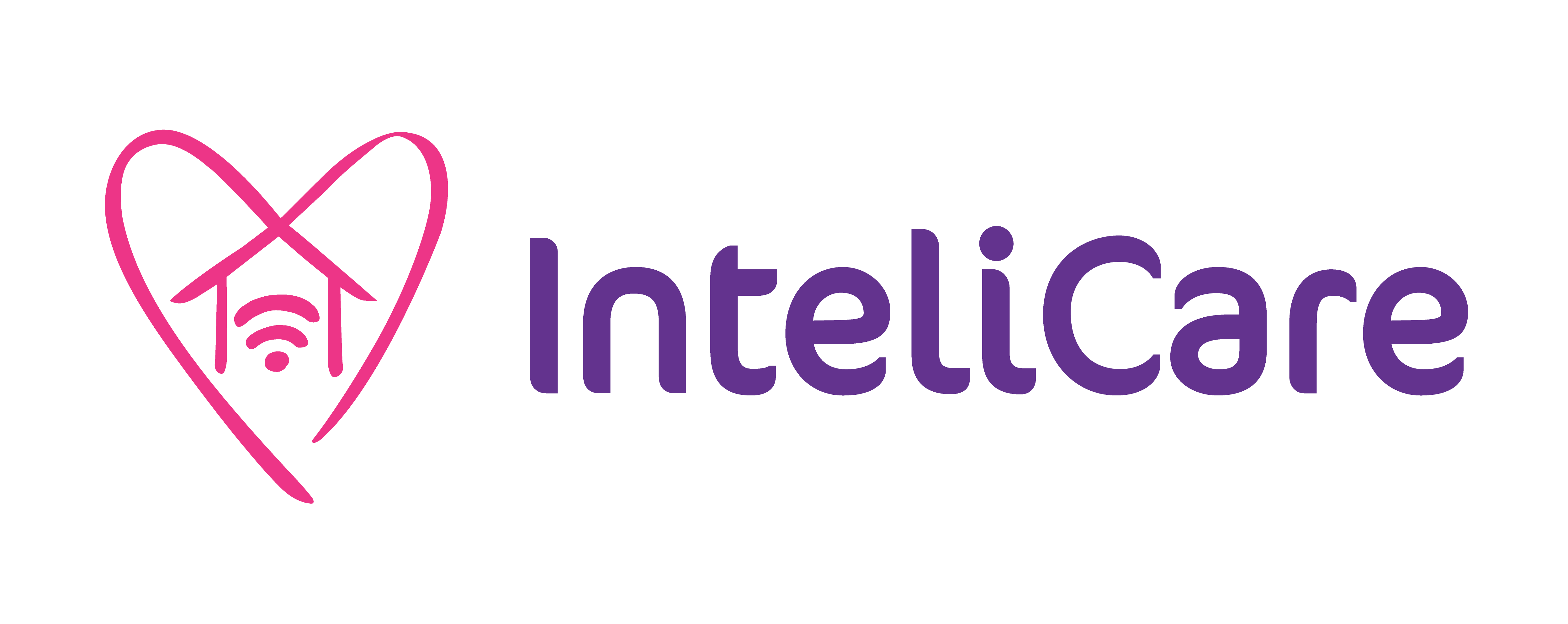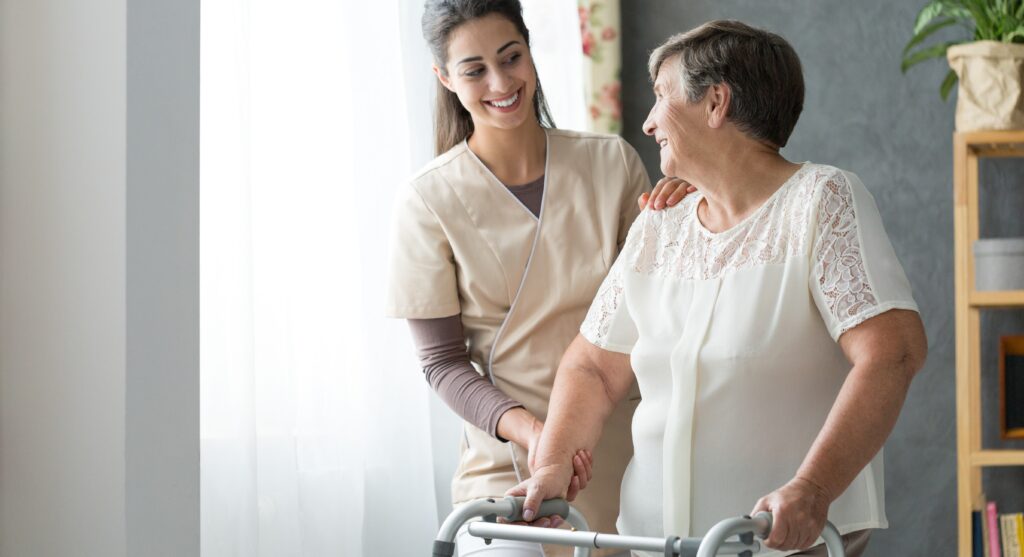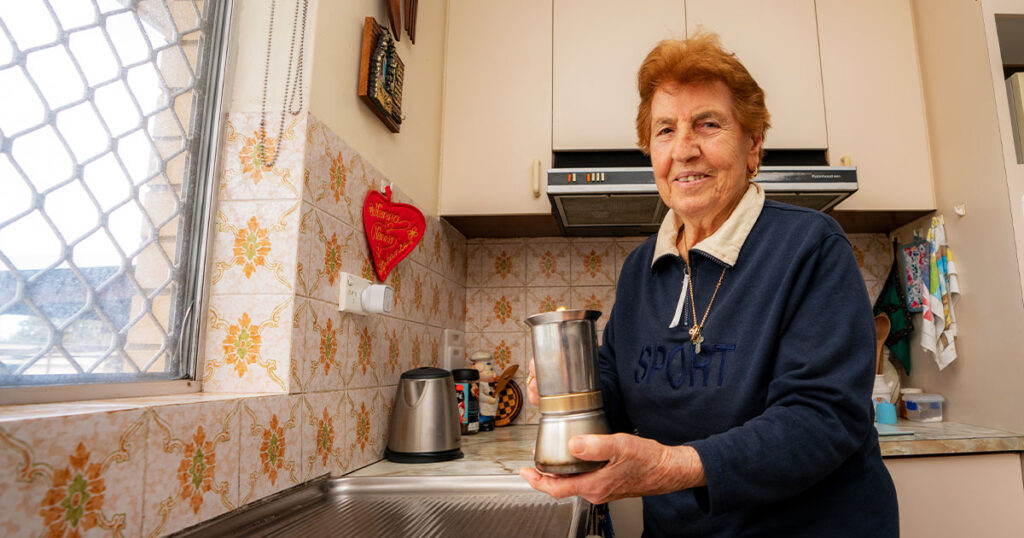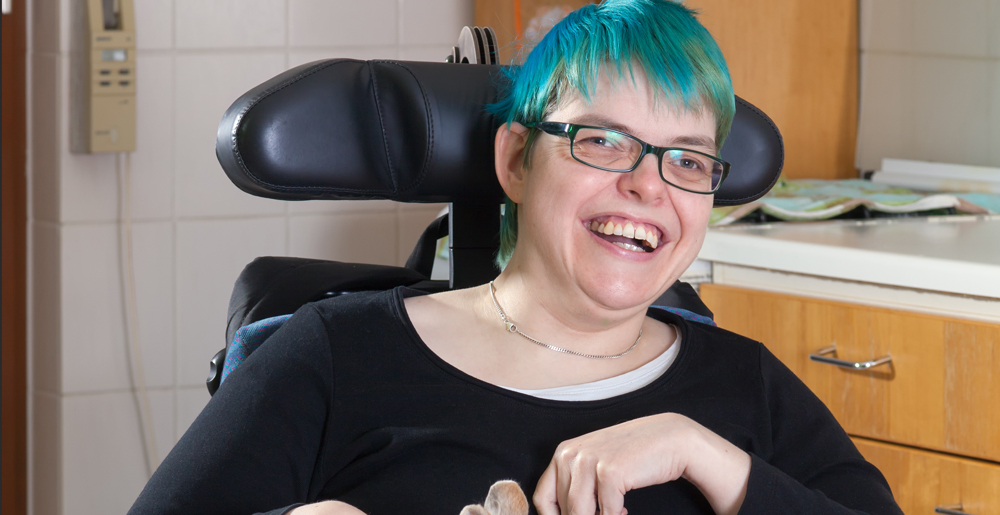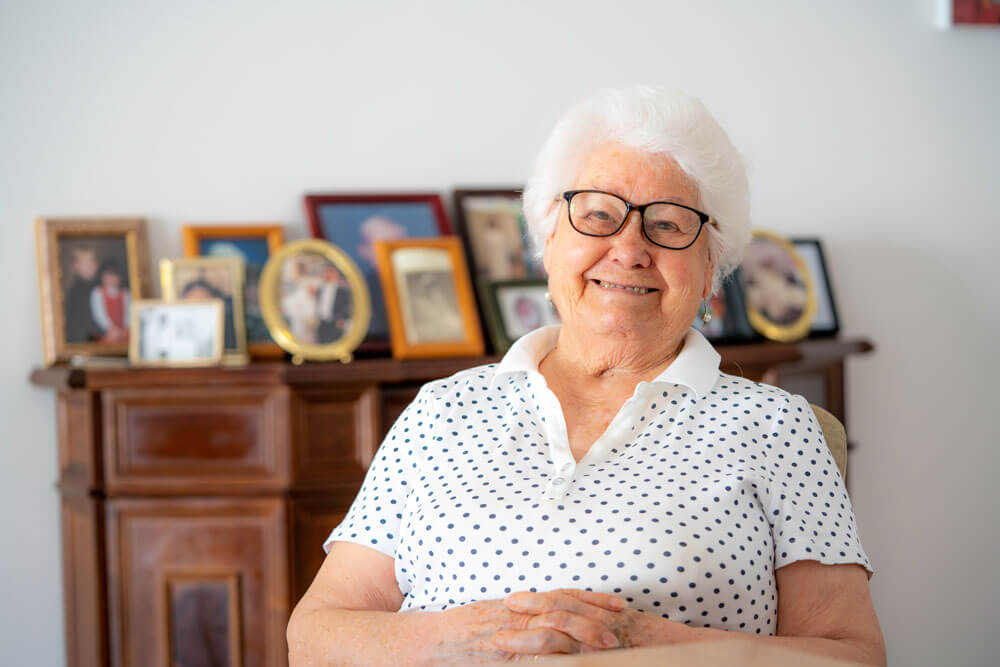Did you know 1 in 3 people over 65 fall each year? It’s a startling statistic, and for many people, a fall will result in a hospital visit, medical costs, and potentially a move to full-time care.
Even more startling is the fact that as our ageing population grows, more and more elderly people will need care as a result of a fall and the sector will struggle to cope with the surge in demand.
But what if falls could be prevented before they happen, avoiding the personal and medical costs? The result would be people ageing in their homes for longer and prolonging their independent lifestyle.
Before we dive into how fall prevention technology works, let’s first understand why falls happen.
Why Do Falls Happen?
According to the Australian and New Zealand Falls Prevention Society, falls are one of the leading reasons Australian’s over the age of 65 get admitted to hospital.
Generally, falls occur because of a lack of balance, disturbed coordination, or dizziness. This could be caused by:
- A decline in eyesight, hearing, and reflexes.
- Muscle weakness in the legs.
- Cognitive impairment or confusion.
- Depression.
- Blood pressure changes.
- Medication side-effects.
- Diabetes, heart disease, or problems with the thyroid, blood vessels, nerves, or feet.
- Inappropriate or ill-fitting footwear.
- Safety hazards in the home or out in the community. This includes poor lighting, uneven surfaces, slippery surfaces, and trip hazards such as rugs or electrical cords.
By understanding why falls happen, technology has been able to evolve to identify when someone is at an increased risk of a fall and decrease those risks.
How Fall Prevention Technology Works
The latest in smart home and AI technology has been utilised to develop fall prevention technology to reduce the risk of a fall and warn carers before a fall happens.
Here are some of the fall prevention technologies currently available:
- Home monitoring systems: using small sensors, not cameras, data is collected on the person’s home routine and if there’s a deviation in their regular activity, the family or carer will receive an alert. Home monitoring systems are able to identify trends in a person’s wellbeing which could indicate an infection, dementia, malnutrition, and interrupted sleep – all factors that increase the risk of a fall. What’s unique about this type of fall prevention technology, is it’s not reliant on the person to wear it, activate it or communicate information, everything is automated.
- Wearable technologies: smartwatches and other wearables that have been optimised with machine learning to monitor gait and record activity levels, grip strength, balance, hydration levels, blood pressure, heart rate, and muscle mass. They then send alerts to the wearer and their care team to notify them of any changes.
- Remote check-in platforms: these platforms allow the healthcare team to check-in with their client from home. Without having any face-to-face contact, the health professional can adjust their client’s exercises and targets – helping them avoid a fall.
- Home automation systems: voice-activated systems that can control lights and other at-home devices, mean seniors and people with disability will never need to enter a dark room again. This minimises trip hazards and creates a safer environment.
- Medication management tools: hardware that dispenses the correct dose of medication at the correct time, often with audible guidance, ensures all medication is taken as prescribed. This means existing conditions are managed and accidentally taking the wrong dose is avoided.
- Smartphone applications: these can integrate their personal medical appointments, health information and medical alerts. Some platforms even facilitate the ordering of transport or groceries. These apps can also include games designed to increase mental agility, and social components to prevent isolation.
Preventing Falls With InteliLiving
The key to preventing falls in seniors and people with disability is early detection of increased risk. But how do you know when someone is at risk?
InteliLiving uses small sensors in the home to build a picture of the resident’s domestic routine and shares the information with their family or care team. The data is also sent to InteliLiving’s AI where it identifies if there are any risks the family should be aware of. These includes:
- a fall

- an infection
- irregular sleep
- wandering
- dehydration
- malnutrition
- social isolation
When a risk is detected, InteliLiving alerts the family or care team through the app and they can act to prevent a fall before it happens.
For more information on fall protection or InteliLiving, send us a message and we’ll get back to you with everything you want to know.
